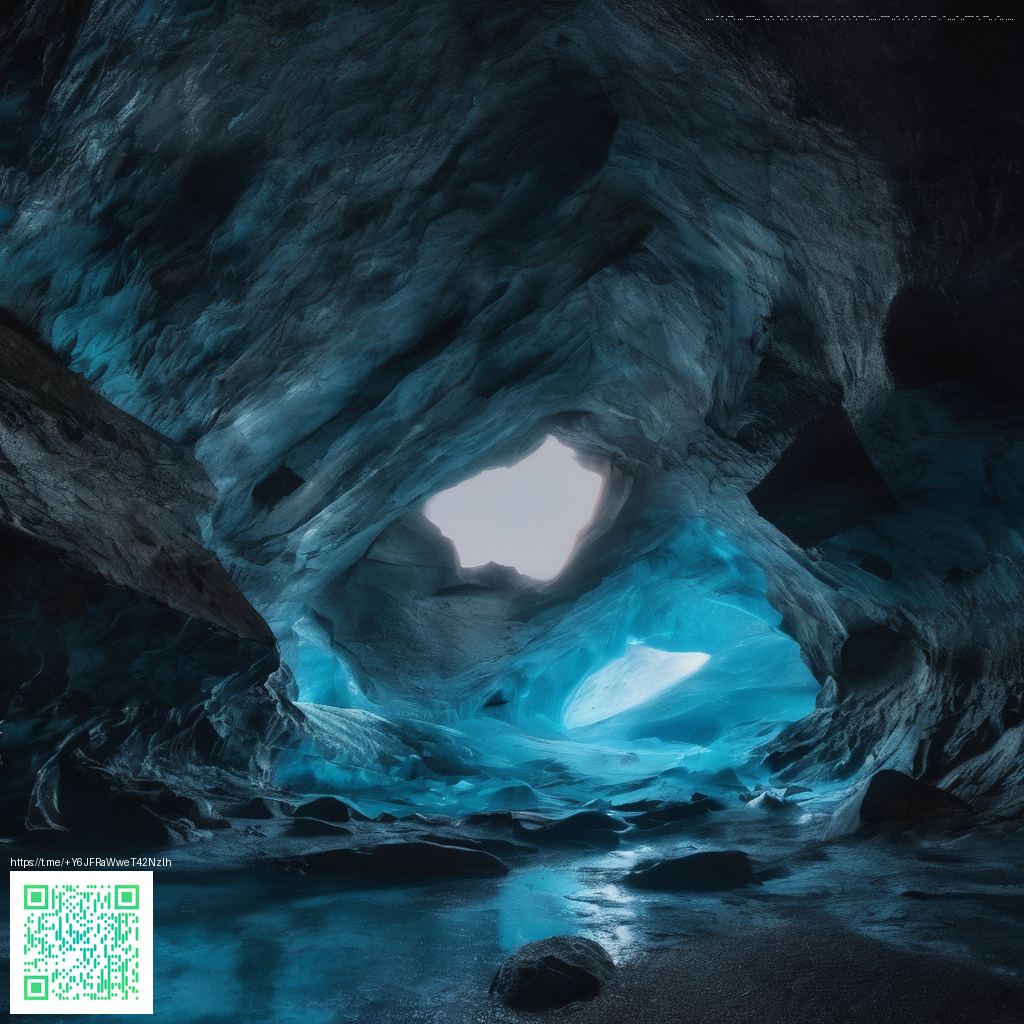
A guide to note blocks for underwater dome builds
Underwater domes invite a vibe that blends exploration with art. In vanilla Minecraft the note block becomes a powerful tool for turning a quiet bubble filled space into a living concert hall. When you design a submerged habitat the soundscape can guide mood, set tempo for patrols, and highlight pathways without sacrificing visibility or function. The note block itself offers a versatile voice box with a fixed set of sounds and a broad pitch range that suits aquatic aesthetics nicely.
In this guide we explore practical setups for using note blocks inside underwater domes. You will find ideas for instrument choices, tuning methods, and building layouts that keep water close at hand while delivering clear audio cues. The focus is on playable patterns that feel intentional rather than random noise, so your underwater base gains character as well as clarity.
Selecting the instrument palette for submerged mood
Note blocks provide 23 instrument voices. Some fits for underwater work include harp for gentle melodies, flute for airy tones, chime for light clicks, and bell for shimmering accents. You can also experiment with bass patterns for rhythm and with didgeridoo or bass drum like tones for deeper pulses. The range of pitches extends across 25 steps so you can craft simple melodies that repeat with a calm underwater cadence.
Map your instruments to your dome style. A coral reef themed space might lean toward chime and harp to mimic water light catching the surface. A patrol corridor could use a steady bass and snare style rhythm to mark timing without overpowering player movement. If you want a dramatic beacon you can layer bass and bell tones to signal important zones or entrances. The key is pairing voices with the mood you want to convey inside the glass and water.
Tuning and patterning notes for reliable loops
Each note block here can be tuned from 0 to 24 to set a melody. A simple looping pattern is often enough to establish ambiance without causing fatigue. Use a short sequence that repeats every few measures. Redstone timing matters a lot; a small delay on repeaters gives you a smoother rhythm. When testing your pattern try variations in the instrument order to find a balance between texture and clarity inside the dome.
To trigger plays you can set up a compact redstone clock that feeds a line of note blocks one after another. A single powered block under a note block will produce a sound when activated. You can chain blocks with a ladder of repeaters to create a wave that travels around the interior, giving a sense of motion that matches water currents. Remember to pick a tempo that lets players hear distinct notes even with bubbles and water sounds around you.
Dome layout ideas that boost acoustics
Shape your dome so that the inner surface acts like a curved reflector for sound. A shallow bowl or shallow arch lets note block notes bounce gently and stay audible above glow lanterns or sea lantern lighting. Place note blocks along the inner edge of the dome facing outward toward the center so your melodies project into the space rather than shielding behind glass. You can nest a small orchestra of blocks near a central atrium to act as a focal point for gatherings or tours.
Light and water choreography matters. Use clear glass, water blocks and occasional coral accents to avoid muffling the sound while keeping visibility high. A quiet water column nearby can add a shimmering soundtrack that complements the music from your note blocks. When possible test in a closed sub area to fine tune the balance between bubble sounds and instrument voices.
Practical tricks for performance and reliability
Keep patterns simple at first and only gradually add complexity. Very dense note block setups can cause chunk loading lag in large underwater builds. Break your clock into smaller modules so you can isolate and optimize any lag sources. If you are playing on a server consider running some patterns on separate surfaces or using datapacks to load patterns only when the dome is in use.
Consider a fallback in case water updates affect sound timing. A small independent tempo line can keep rhythm steady even if a block update hiccups. It helps to label supplies for your redstone and to document the instrument choices in a small build guide inside your dome. A well organized layout helps you maintain musical projects over time and across updates.
Modding culture and community ideas around note blocks
Note blocks are a staple of vanilla gameplay but builders push the envelope with datapacks and resource packs. By pairing vanilla music with community driven patterns you can craft signature sounds for each dome. Creative players share patterns for seasonal concerts and collaborative builds. Even without mods you can simulate complex performances by layering patterns across multiple note block rows and syncing them with redstone clocks.
If you love audio design in Minecraft you can experiment with custom heads as visual accents while your notes play. Keep in mind the note block drops a single item when broken and the block states provide a rich set of voices and pitches to explore. The result is a living soundtrack that welcomes explorers into your underwater world.
Version notes and practical takeaways
Note blocks have been part of Minecraft for many versions and continue to be a practical tool for sound design inside builds. In modern versions you can switch among 23 instrument voices and tune across 25 pitch steps to craft melodies that suit water environs. This makes underwater domes both aesthetically striking and sonically expressive. Experimentation is your friend and the best discoveries often come from small tweaks to tempo and instrument choice.
Support Our Minecraft Projects